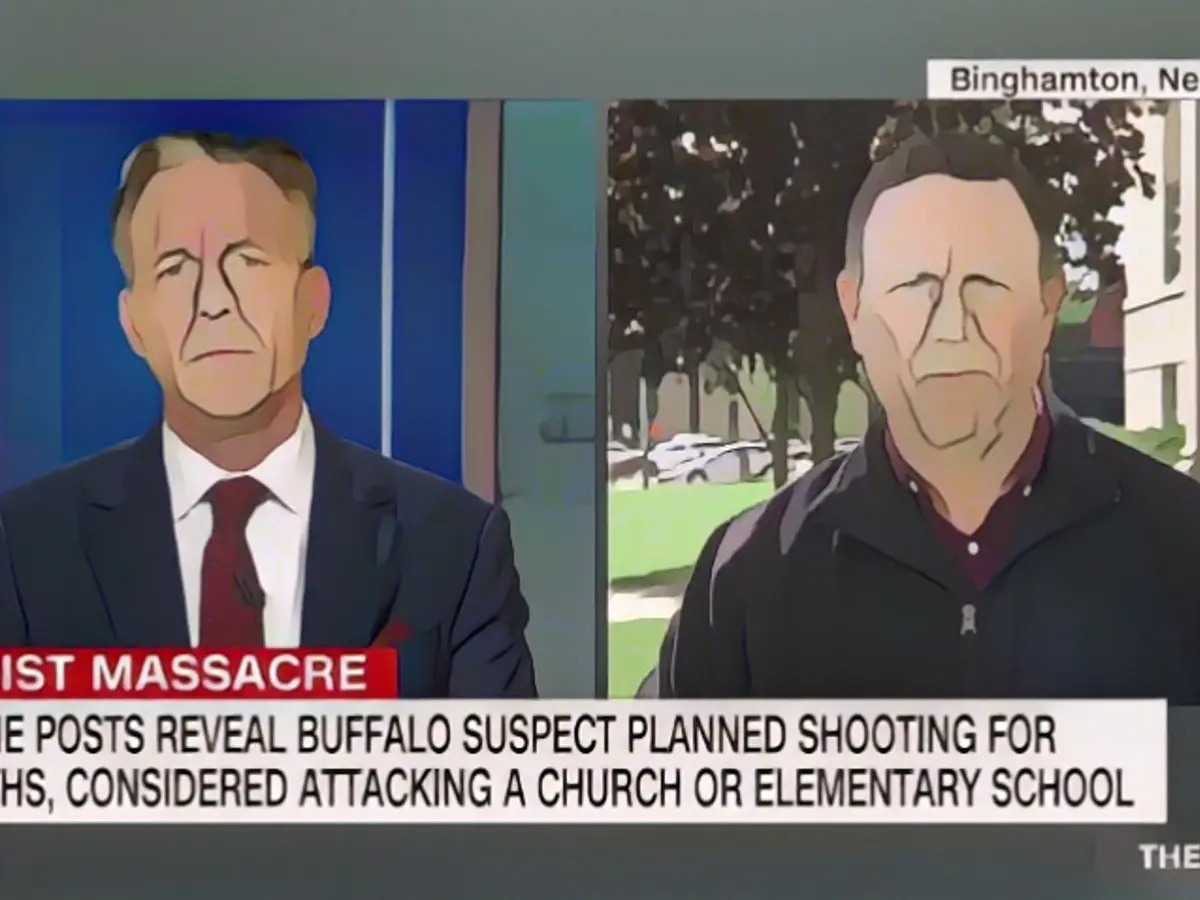In the United States, progress against right-wing domestic terror remains a daunting task, despite numerous exposés on extremist groups, countless studies on radicalization, and countless hearings on the dangers of right-wing extremism. After tragic events like the Buffalo shooting, people naturally seek a silver bullet solution to prevent such incidents from occurring again. However, the complex issue of radicalization and right-wing violence requires a comprehensive, societal approach that transcends political and social institutions.
Why has right-wing domestic terror been so difficult to address? While experts have plenty of ideas and suggestions, they have yet to thwart the numerous actors working against efforts to combat extremism. The Buffalo shooting highlighted several factors contributing to these issues, such as racist and eliminationist conspiracy theories, easy access to semi-automatic weapons, online radicalization, underlying mental health issues, and isolation. These cumulative effects underscore the need for a multi-layered approach to prevent future violence, ranging from stricter social media content regulation and comprehensive education resources to gun control and community investment in supportive services.
Yet, politics has proven to be a significant hurdle for such efforts. Identifying right-wing extremism itself is challenging. When the Homeland Security department published a report in 2009 on the dangerous rise of right-wing extremism, it was met with intense backlash from right-wing media and Republican lawmakers, causing the report to be frequently withdrawn. Homeland Security Secretary Janet Napolitano later issued an apology.
Republicans have downplayed right-wing violence since then, from former President Trump's mild comments on the unrest in Charlottesville to his current insistence that those involved in the insurrection were engaged in "legitimate political speech." The current bipartisan discussion over the Domestic Terrorism Prevention Act of 2022 aims to expand government resources for studying right-wing extremism; while enjoying cross-party support in the House and backed by three Republican lawmakers, it faces obstacles in the Senate.
The Republican opposition's steadfastness on gun control is so unwavering that the topic scarcely surfaces in the news, even following tragic shootings like the Buffalo incident. While many conservatives insist that the underlying mental health problems are to blame and not the easy access to weapons, they also oppose regulations that make it harder for people with mental health issues to obtain firearms.
Many conservatives also oppose any argument that suggests they are part of the mainstream political ecosystem, whether they are Republican lawmakers or right-wing media figures who propagate racist conspiracy theories or support violent ideologies. However, the connection is real: the "Great Replacement" conspiracy theory has gained traction among mainstream conservatives, lending it legitimacy and visibility, which aids radicalization.
Beyond politics, several other challenges impede public understanding that are essential to countering domestic right-wing terrorism. As Bellew and other experts note in their book "Bringing the War Home: The White Power Movement and Paramilitary America," Americans have often viewed this violence as part of a broader social movement, rather than a series of challenges that arise during its manifestation. Individual violent incidents.
Experts like Bellew and others have worked tirelessly to uncover the link between right-wing extremist groups and the growing number of right-wing massacres in the United States, but the myth of the solitary wolf remains influential in public discourse, downplaying these violent incidents.
Further challenges arise from broader societal developments in the United States, such as the government's failure to invest in services that help generate resilient communities when faced with social and economic disparities. These disparities fuel radicalization, as extremist groups exploit feelings of isolation and fear to recruit supporters. As the United States grapples with multiple crises – from the 2008 financial collapse to the COVID-19 pandemic and the Capitol riot – investment in community services is more crucial than ever.
However, cuts to funding for both state and local programs, and the privatization of social services, makes it harder for people to access the care and support they need. These efforts have been complicated by the conservative resistance against necessary reforms. While eradicating right-wing radicalism is not impossible, Americans must adopt long-term systematic changes to curb the violence.
This requires significant government intervention to control arms sales and allocate funds to reinforcing communities. It also requires media companies to make efforts to combat radicalization networks and social services to create spaces for connection and support. This is a complex task, but it's a matter of life and death.
Source:
Enrichment Data:
Effective countermeasures against domestic right-wing terrorism in the United States face several obstacles, including:
- Ideological Complexity:
- Diverse Ideologies: Right-wing extremist ideologies are diverse and varied, ranging from white supremacy to anti-immigration sentiments, making it challenging to develop a single, effective counterstrategy.
- Online Platforms:
- Digital Extremism: The proliferation of far-right extremist ideologies on digital platforms, such as the Terrorgram network, complicates efforts to monitor and disrupt these groups. Online platforms provide a means for extremists to spread hate propaganda and recruit supporters.
- Free Speech Protections:
- First Amendment Concerns: The First Amendment's protection of free speech can limit the government's ability to restrict or ban extremist groups, even if their activities are deemed hateful or inciteful. This was highlighted in the New Hampshire Supreme Court's ruling on a white supremacist group's banner.
- Lack of Coordination:
- Interagency Challenges: Effective counterterrorism efforts require coordination among various law enforcement agencies and government departments. However, historical and ongoing issues with the FBI, such as the perceived attacks on its integrity, can hinder this coordination.
- Resource Constraints:
- Financial and Human Resources: Combating domestic terrorism requires significant financial and human resources. Budget constraints and the decimation of the federal workforce can undermine these efforts, as highlighted by the concerns over USAID funding and the intimidation of federal workers.
- Public Perception and Trust:
- Conspiracy Theories: Public trust in law enforcement agencies can be eroded by conspiracy theories, such as those surrounding the FBI's role in the January 6th Capitol attack. This can lead to decreased cooperation and increased resistance to counterterrorism measures.
- Historical Grievances and Narratives:
- Exploiting Historical Grievances: Extremist groups often exploit historical grievances and anti-democratic ideals to justify their actions. This makes it essential to address both legacy threats and emerging forms of radicalization.
- Legal and Regulatory Challenges:
- Sanctions and Bans: Implementing sanctions or bans on extremist groups can be legally complex and may face judicial challenges, as seen in the case of the white supremacist group in New Hampshire.







